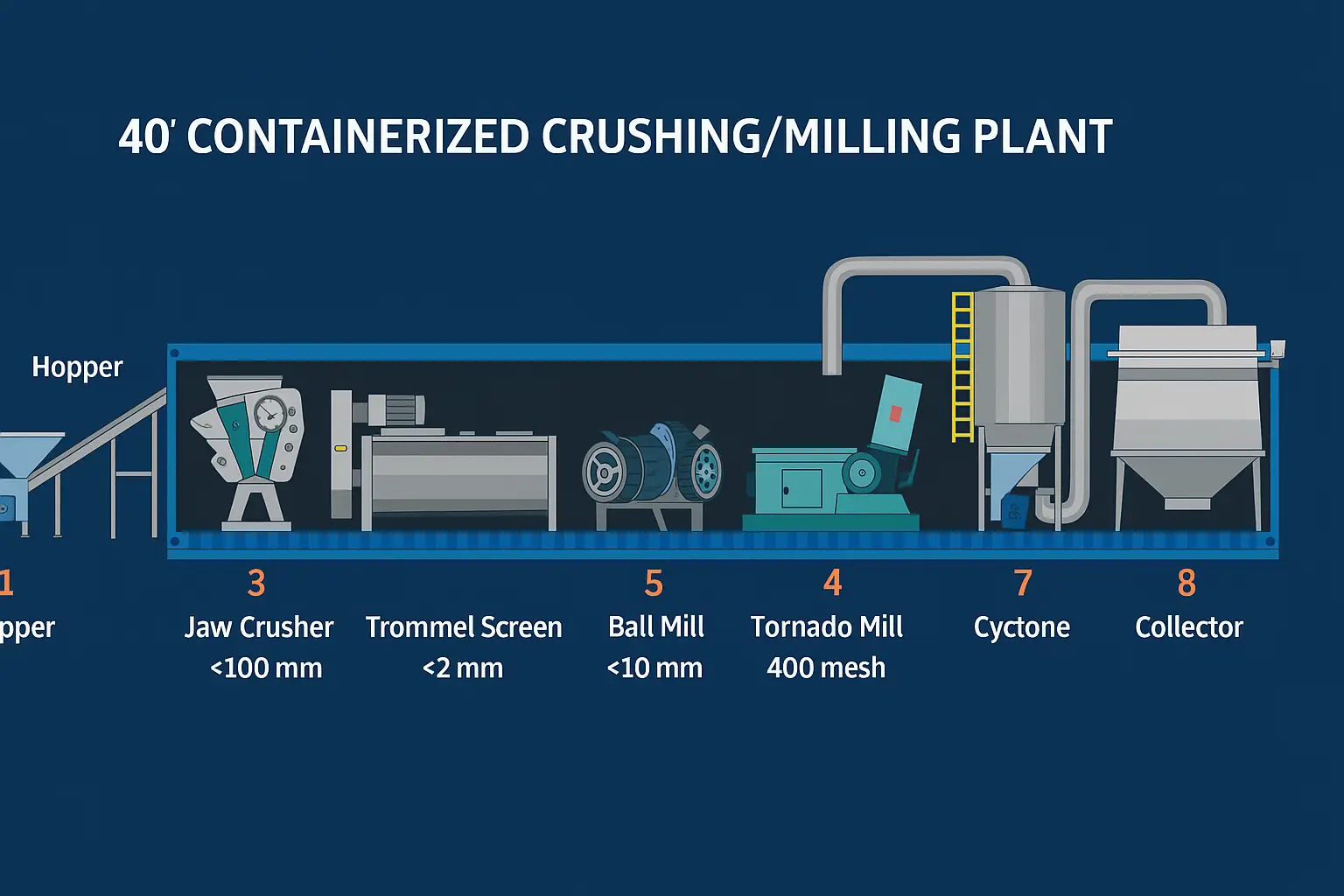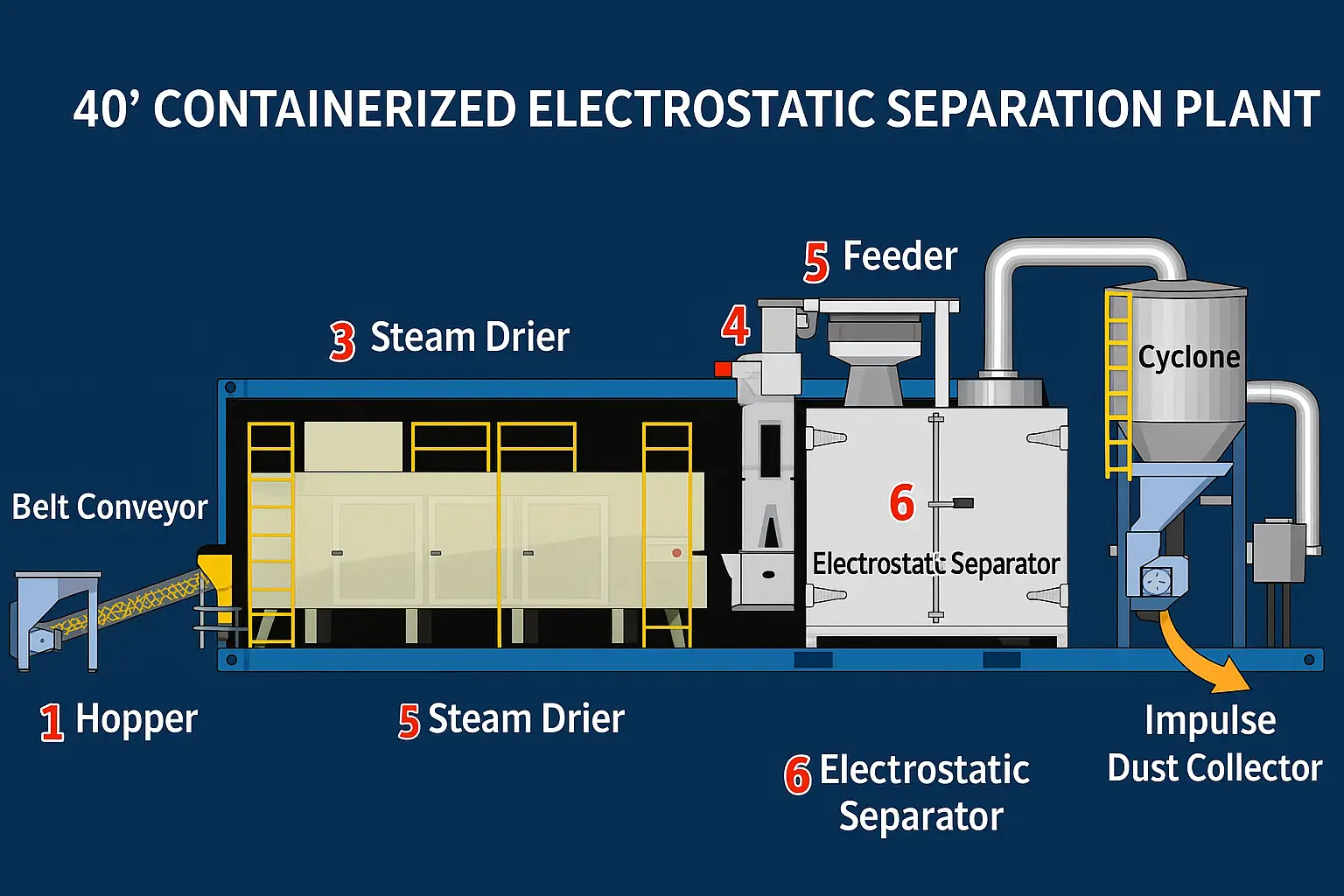Artificial Intelligence (AI) is transforming the mining industry by automating operations, enhancing exploration, optimizing processing, and improving safety. While AI integration may seem complex, a structured approach makes it achievable and impactful. Here’s a step-by-step guide to help you successfully implement AI in your mining operations.
1. Identify Operational Challenges & Opportunities
Begin by assessing where AI can deliver the greatest value across the mining value chain. Common use cases include:
- Ore grade prediction and resource modeling
- Equipment failure prediction and maintenance scheduling
- Real-time fleet and haulage optimization
- Automated ore sorting and process control
- Environmental and safety monitoring
Target areas where inefficiencies, high costs, or safety concerns exist.
2. Gather and Prepare Operational Data
AI relies on quality data. Collect and organize historical and real-time data from sources such as:
- Drilling logs and geophysical surveys
- Equipment sensors and telemetry
- Processing plant instrumentation
- Environmental monitoring systems
Ensure the data is cleaned, standardized, and stored securely—preferably in a centralized data platform.
3. Select the Right AI Tools and Platforms
Choose AI tools based on your operational goals. Options include:
- Machine learning platforms for predictive modeling
- Computer vision systems for ore classification or pit wall monitoring
- Autonomous vehicle software for haul truck or drill automation
- AI-powered dashboards for real-time decision support
Consider cloud-based AI tools like Azure ML, Google Cloud AI, or mining-specific platforms for easier deployment.
4. Develop or Integrate AI Solutions
Decide whether to:
- Build custom AI models tailored to your mine site and geological context
- Integrate ready-made solutions like predictive maintenance modules or autonomous haulage systems
For faster implementation, many mining firms start with off-the-shelf AI tools and later customize based on specific requirements.
5. Pilot and Optimize
Run small-scale pilots before full rollout. For example:
- Test a predictive maintenance system on one processing line
- Apply computer vision to a single ore sorting conveyor
- Deploy autonomous vehicles in a controlled route
Evaluate performance, adjust models, and ensure compatibility with existing systems.
6. Train Personnel and Monitor Continuously
AI is most effective when integrated into daily workflows.
- Train operators, engineers, and managers to interpret AI insights
- Foster cross-disciplinary collaboration between data scientists and mining experts
- Continuously monitor system performance and retrain models with new data
Conclusion
AI has the potential to revolutionize every stage of the mining lifecycle—from exploration to reclamation. By following a structured implementation plan, mining companies can unlock significant gains in productivity, cost savings, and environmental stewardship.
Start small, learn fast, and scale wisely—AI is your next competitive advantage in the mining industry.



